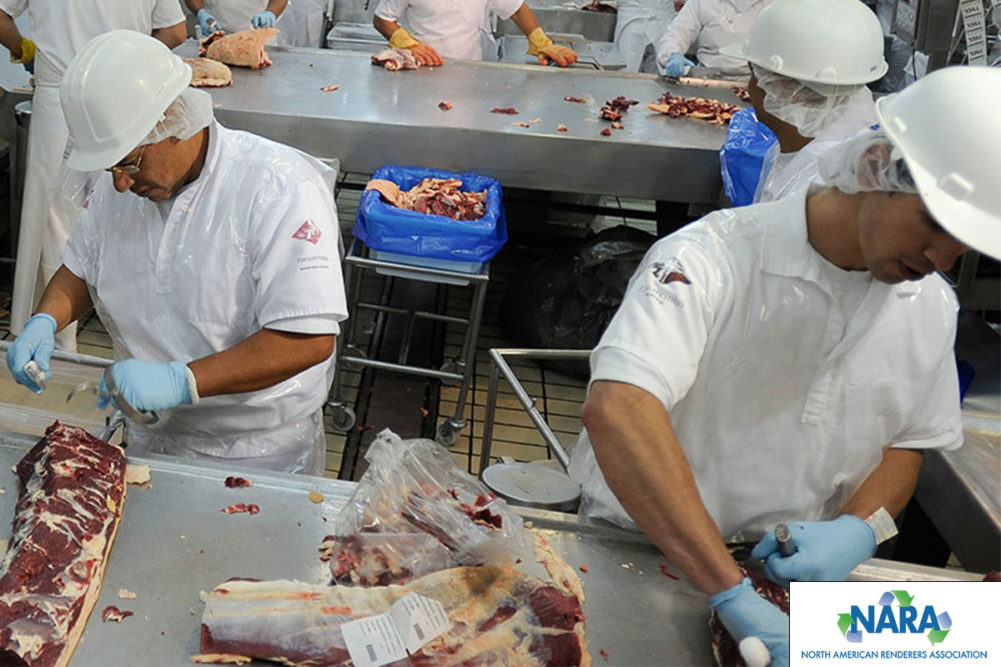ALEXANDRIA, VA. — The North American Renderers Association (NARA) recently testified before the US House of Representatives on the sustainability benefits of rendering and its impact on climate change. Kent Swisher, president and chief executive officer of NARA, testified as a representative of the agriculture market, and was joined by Dana Gunders, executive director of ReFED; Melinda Cep, Ph.D., vice president of natural solutions and working lands at the National Audubon Society; and Elly Brown, co-executive director of San Diego Food System Alliance.
The “Climate Smart from Farm to Fork: Building an Affordable and Resilient Food Supply Chain” hearing covered many rendering topics, including the role agriculture has to play in creating a climate change solution. Swisher revealed that rendering is “an essential pathway in creating a sustainable food system.”
According to NARA, renderers recycle significant volumes, more than 56 billion lbs, of meat and bone from farming, meat processing, supermarkets, meat lockers and restaurants to create sustainable food byproducts. Rendering prevents the disposal of unconsumed foods, reducing food waste and greenhouse gas (GHG) emissions.
 Kent Swisher, president and chief executive officer of NARA. (Source: LinkedIn)
Kent Swisher, president and chief executive officer of NARA. (Source: LinkedIn)
“Rendering is an important and critical part of the solution to reducing food waste — and one that many do not know of or talk about when having the sustainability conversation,” Swisher said in his testimony. “It’s a solution that directly addresses food waste worldwide by finding practical uses for a wide range of meat products, used cooking oil and other food materials consumers consider inedible.
“Rendering recycles and reuses this material to create nutritious pet food, animal and aquaculture feed, biodiesel and countless other useful products,” Swisher added. “By reclaiming and upcycling these products, rendering makes our food footprint smaller.”
During his testimony, Swisher urged the US House of Representatives to consider the key role rendering can play in reducing the country’s food production carbon footprint.
“NARA supports a level playing field among recyclers to prevent unfair market advantage and unequal competition for animal byproducts,” Swisher said. “The rendering industry respectfully recommends that any legislative effort adequately recognize the early leaders in GHG reduction.”
According to NARA, North Americans consider about 50% of an animal to be inedible. By rendering inedible meat, as well as fat, feathers, bone and other animal parts, renderers recycle about 99% of unwanted meat, preventing it from reaching landfills.
Currently the US rendering industry accounts for $10 billion in economic activity and employs thousands of people throughout the country.
For more regulatory news affecting the pet food market, visit our Regulatory page.




